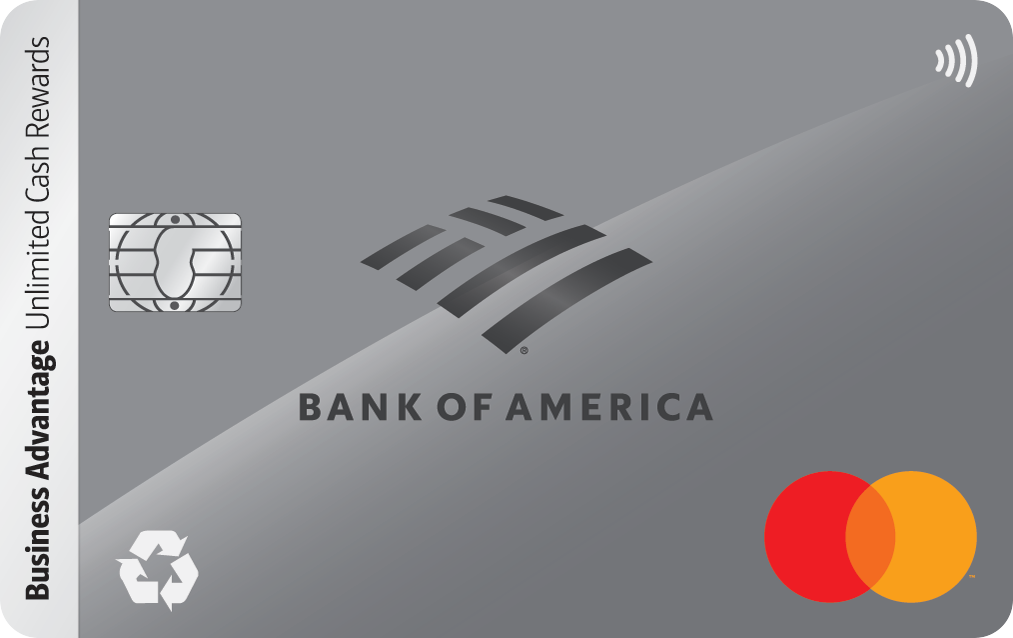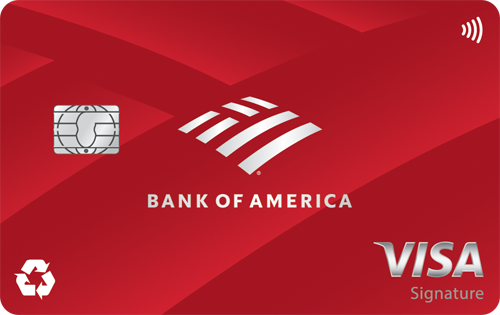This Is How Much Money You Can Make With $1K in a High-Yield Savings Account
KEY POINTS
- Keeping your savings in a high-yield savings account is an easy way to earn interest and boost your bank account balance.
- If you deposit $1,000 in a high-yield savings account and keep it there for one year, you can earn $44 -- and the longer the money sits in your account, the more you'll make.
Having extra money in a savings account can make receiving an unexpected bill less stressful. Even $1,000 saved can be a win for your personal finances. If you're saving up, keep your extra cash in a high-yield savings account so you don't miss out on the chance to earn interest. Interest can help you reach your savings goals sooner. Discover how much money you can earn by keeping $1,000 in a high-yield savings account.
Boost your bank account balance by earning interest
Since most checking accounts don't earn interest, keeping your savings there is not ideal. If you have a savings account, review the annual percentage yield (APY). The APY is how much interest you can expect to earn by keeping your money in your savings account for a year.
Many traditional banks offer meager APYs. APYs as low as 0.01% are common. However, you can boost the interest that you earn by opening a high-yield savings account. Many of the best online banks are offering APYs of 4.00% or more. If your savings account isn't offering a competitive interest rate, you may want to consider opening a new account elsewhere.
How much interest can you earn with $1,000 in savings?
Did you know the average American has just $4,500 in their savings account, and a significant percentage of us has less than that? Research from Motley Fool Money shows that 35% of Americans have $1,000 or less saved. The good news is that even with $1,000, you can earn interest.
You can calculate just how much interest by taking your initial $1,000 deposit amount and multiplying it by the APY. This will show you how much interest you'll earn if you keep the money in your savings account for one year.
Let's look at why it pays to keep your extra cash in a high-yield savings account instead of a savings account offering only 0.01% APY. For my calculations, I settled on a 0.01% APY for a standard savings account and a 4.40% APY rate for a high-yield savings account. The best high-yield savings accounts have APYs ranging from 4.00% APY to 4.95%.
The calculations below assume an initial $1,000 deposit with no additional deposits made:
| Account type | Interest earned after one year |
|---|---|
| Savings Account, 0.01% APY | $0.10 |
| High-Yield Savings Account, 4.40% APY | $44 |
The longer your money sits, the more you earn
Savings accounts earn compound interest -- interest on the interest you've already earned! You can continue earning more money by keeping your money in the bank. How much can you make over time with $1,000 in the bank? Let's find out.
My calculators assume you make no additional contributions beyond your initial $1,000 deposit. But you can earn even more if you make more deposits.
Here's a breakdown:
| Year | Starting balance | Interest earned | Ending balance |
|---|---|---|---|
| 1 | $1,000 | $44 | $1,044 |
| 2 | $1,044 | $45.94 | $1,089.94 |
| 3 | $1,089.94 | $47.96 | $1,137.90 |
| 4 | $1,137.90 | $50.07 | $1,187.97 |
| 5 | $1,187.97 | $52.27 | $1,240.24 |
Earning $240 in five years without doing extra work sounds like a win to me.
Pay attention to APYs
If you keep your extra savings in a savings account, check the APY. Moving your money into a high-yield savings account with a generous APY can allow you to boost your account balance faster. As your money sits, it will earn interest -- even if you don't make additional deposits. You can earn even more by making regular contributions to your savings account. No matter how much you have saved, any extra interest earned is a win for your wallet.
Our Research Expert




